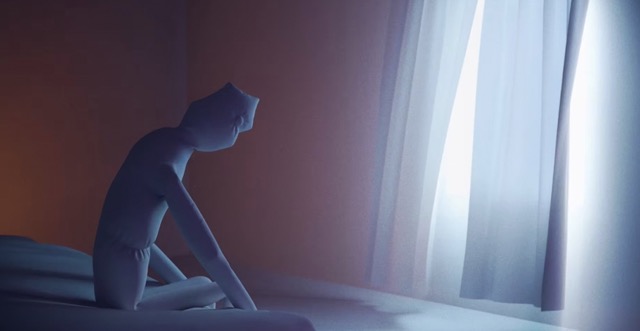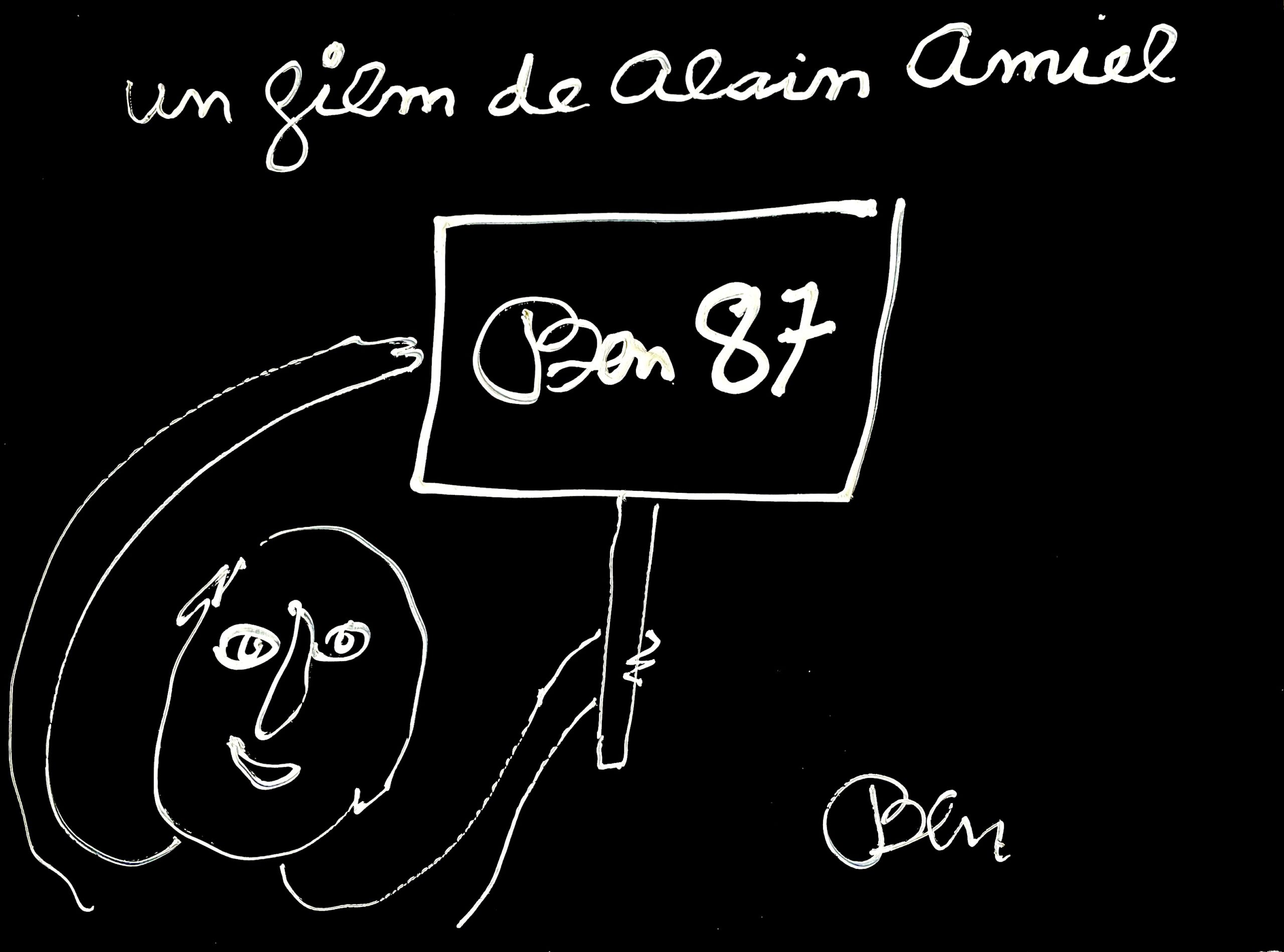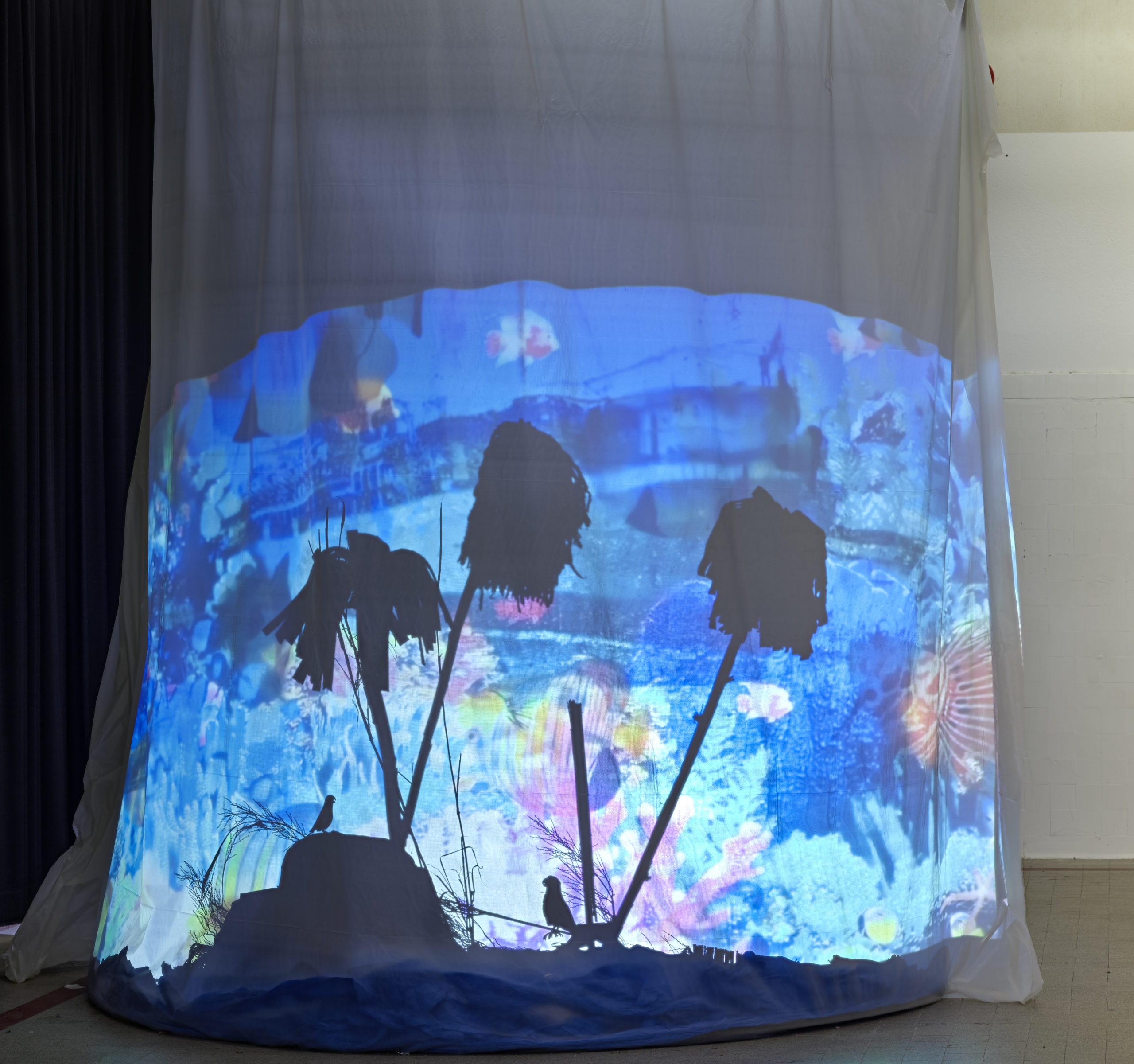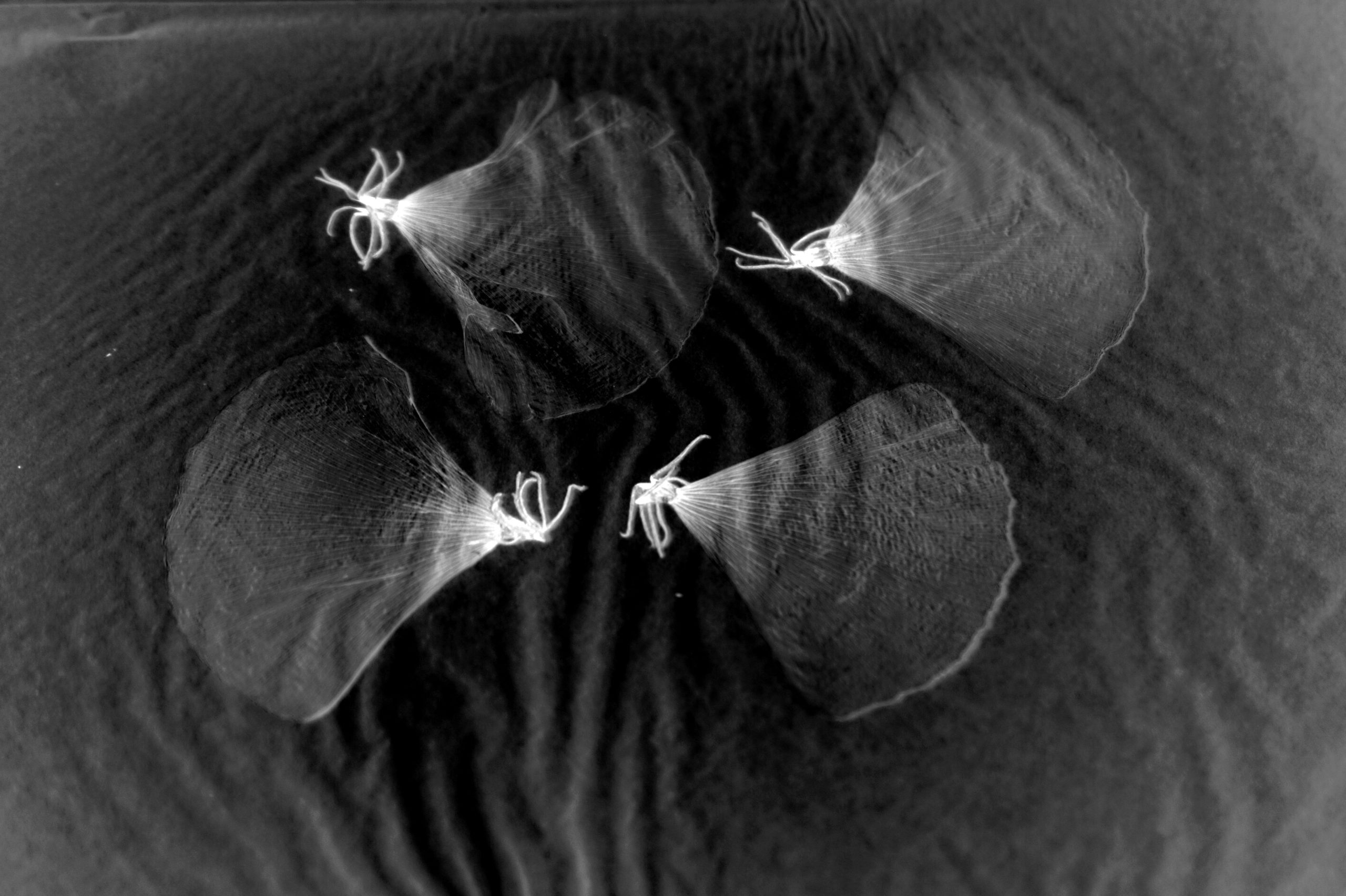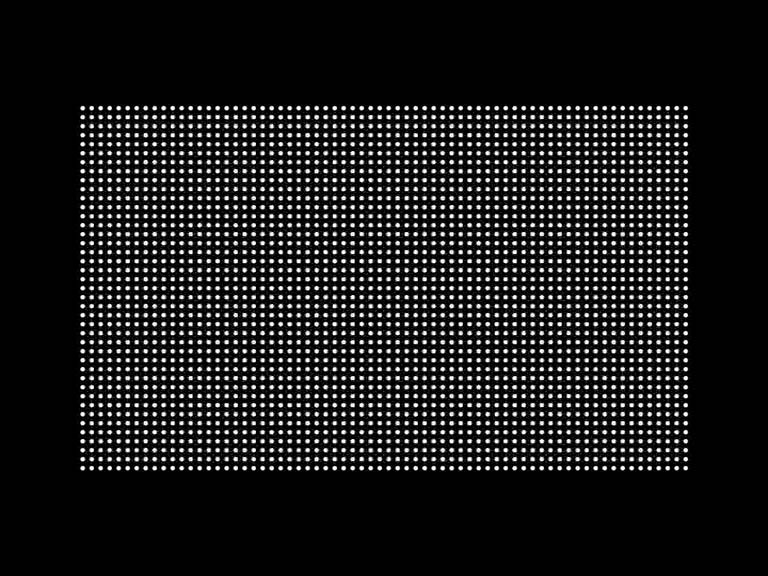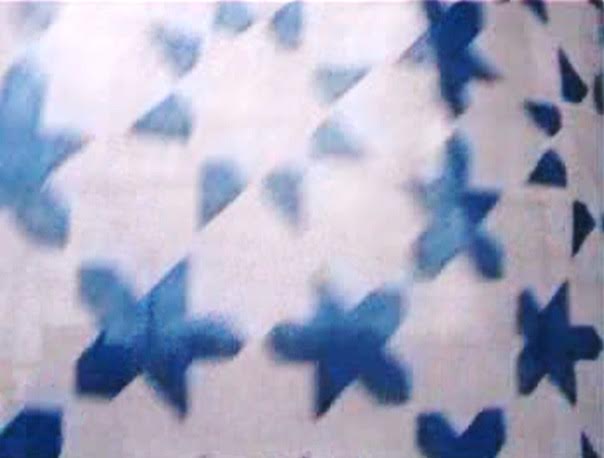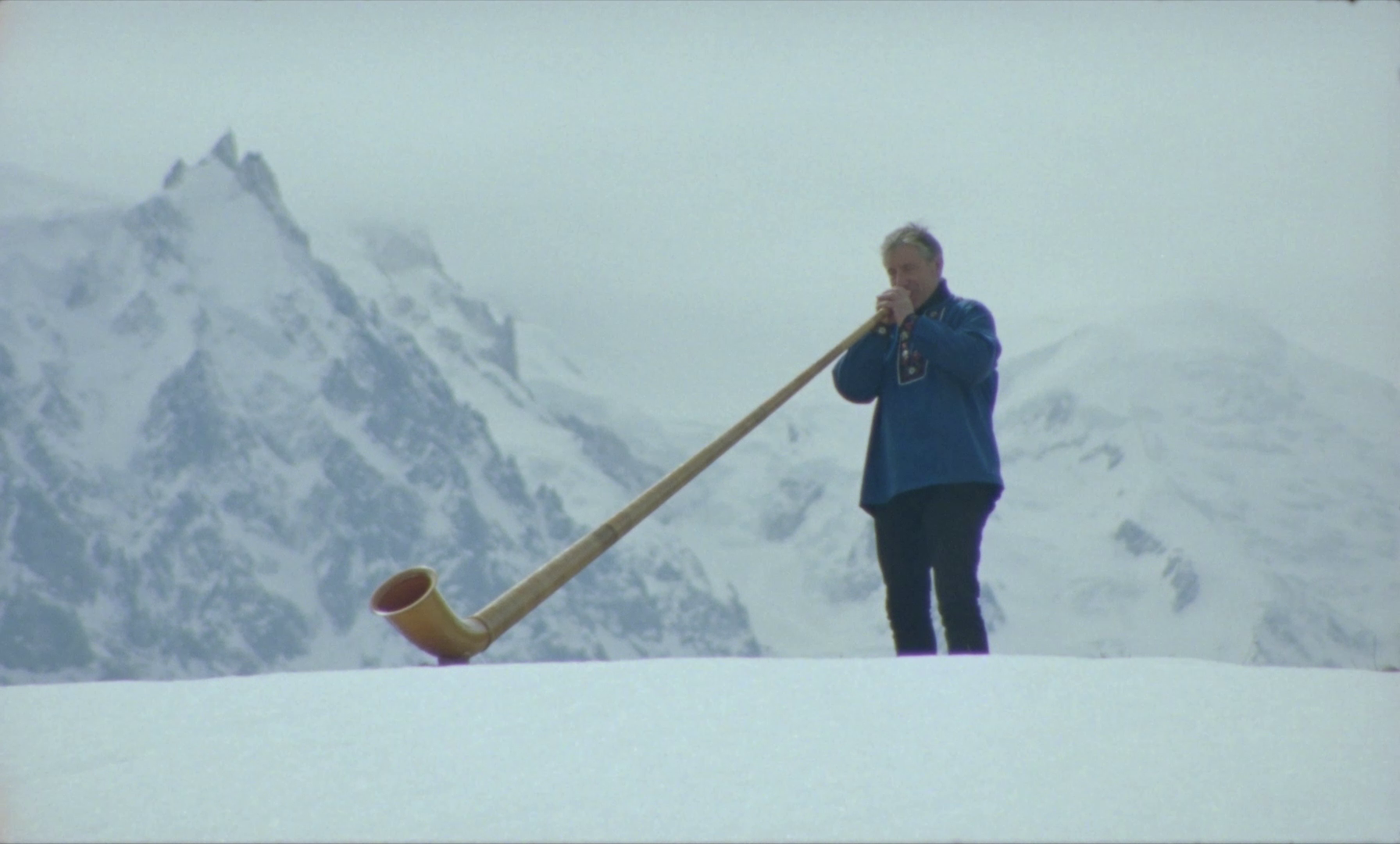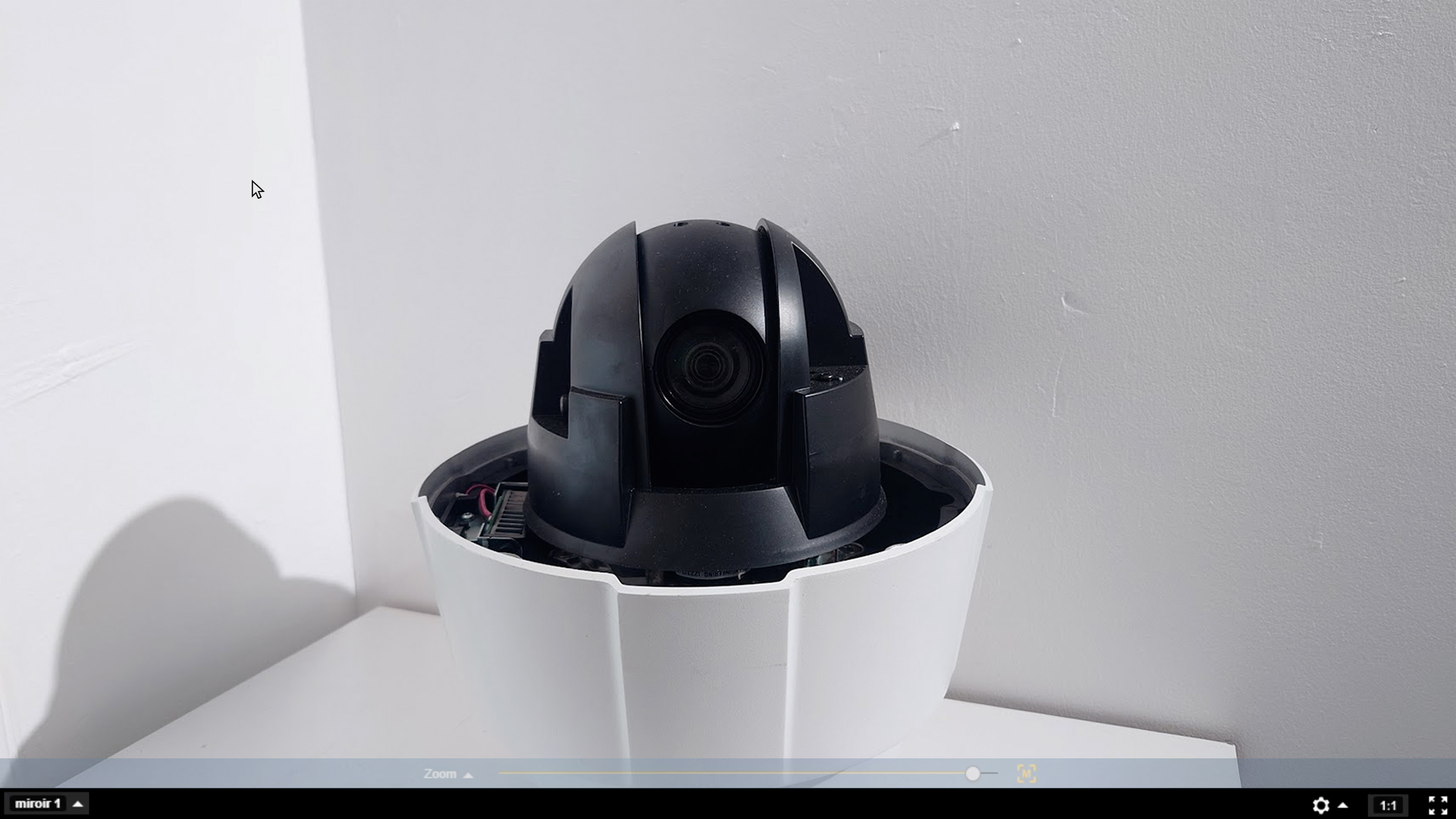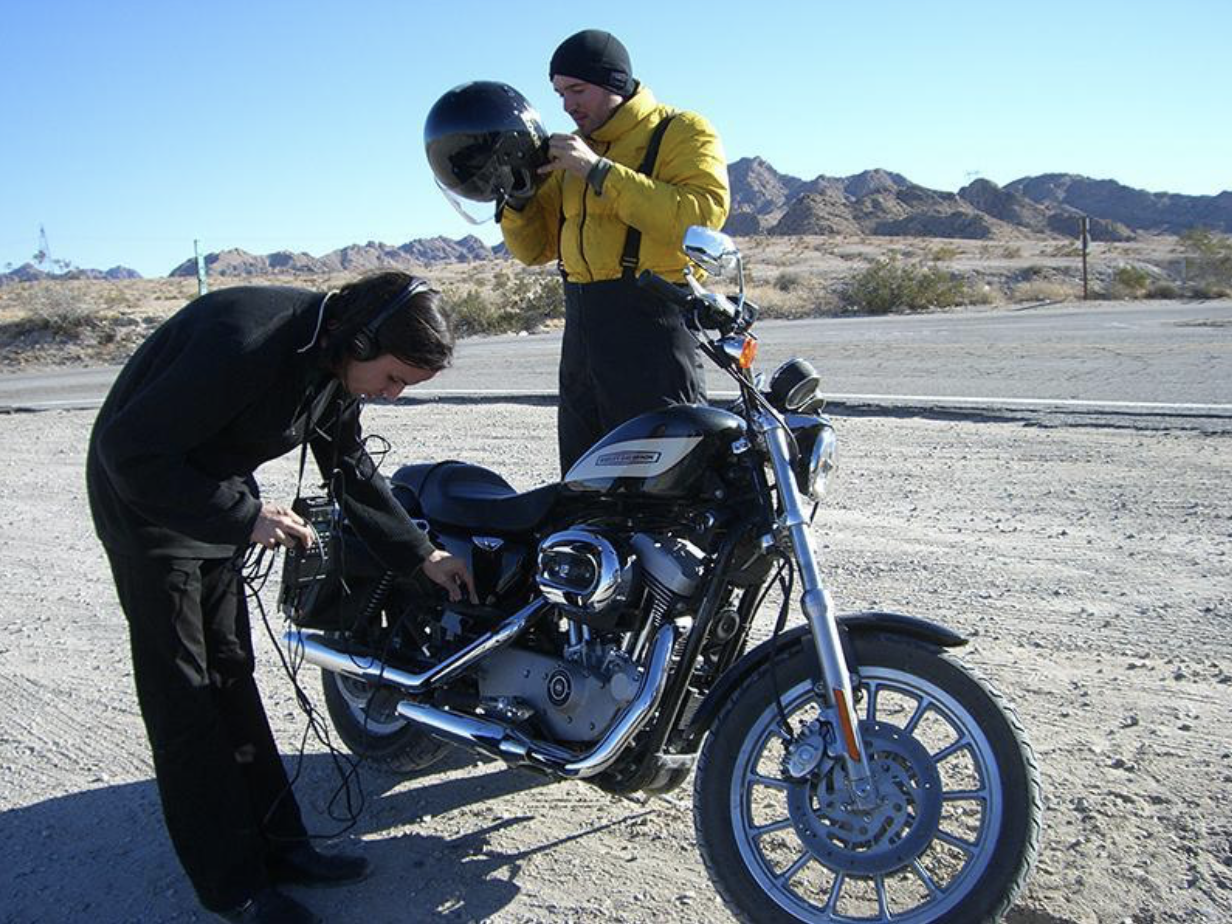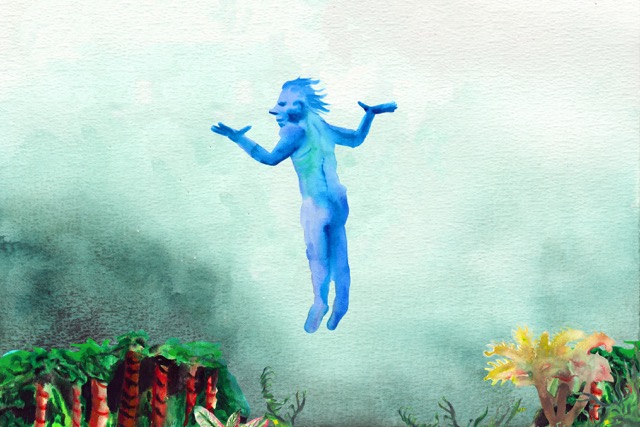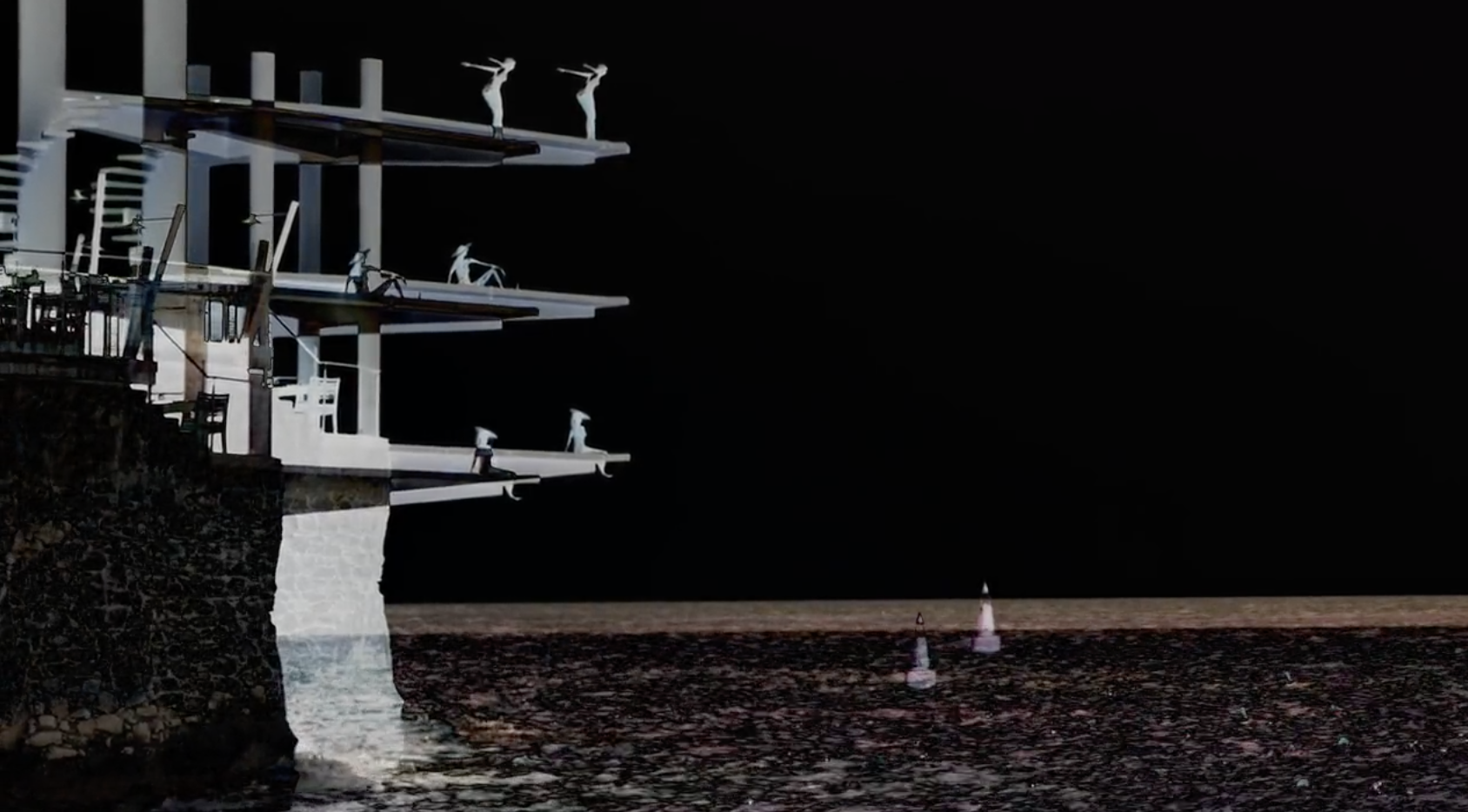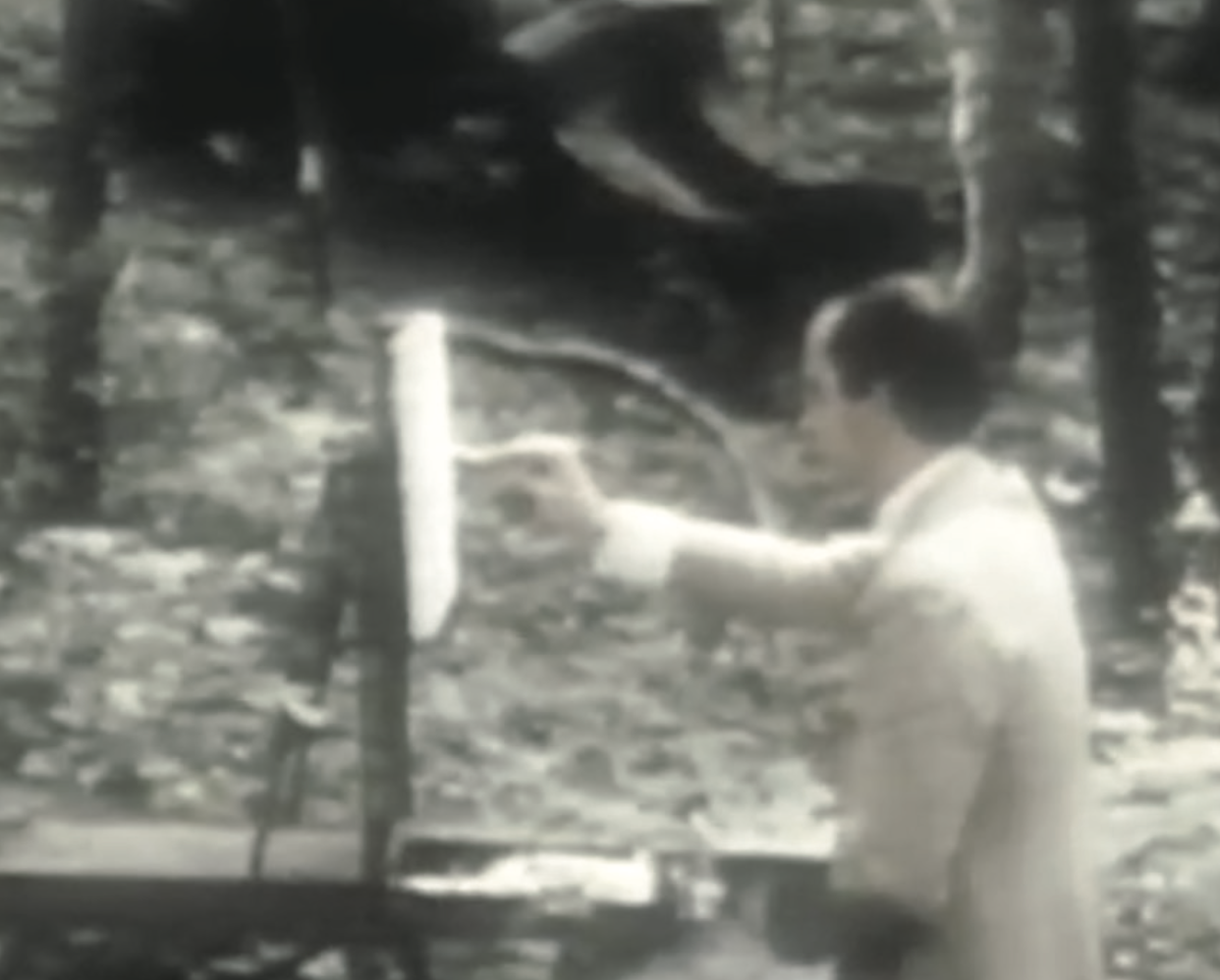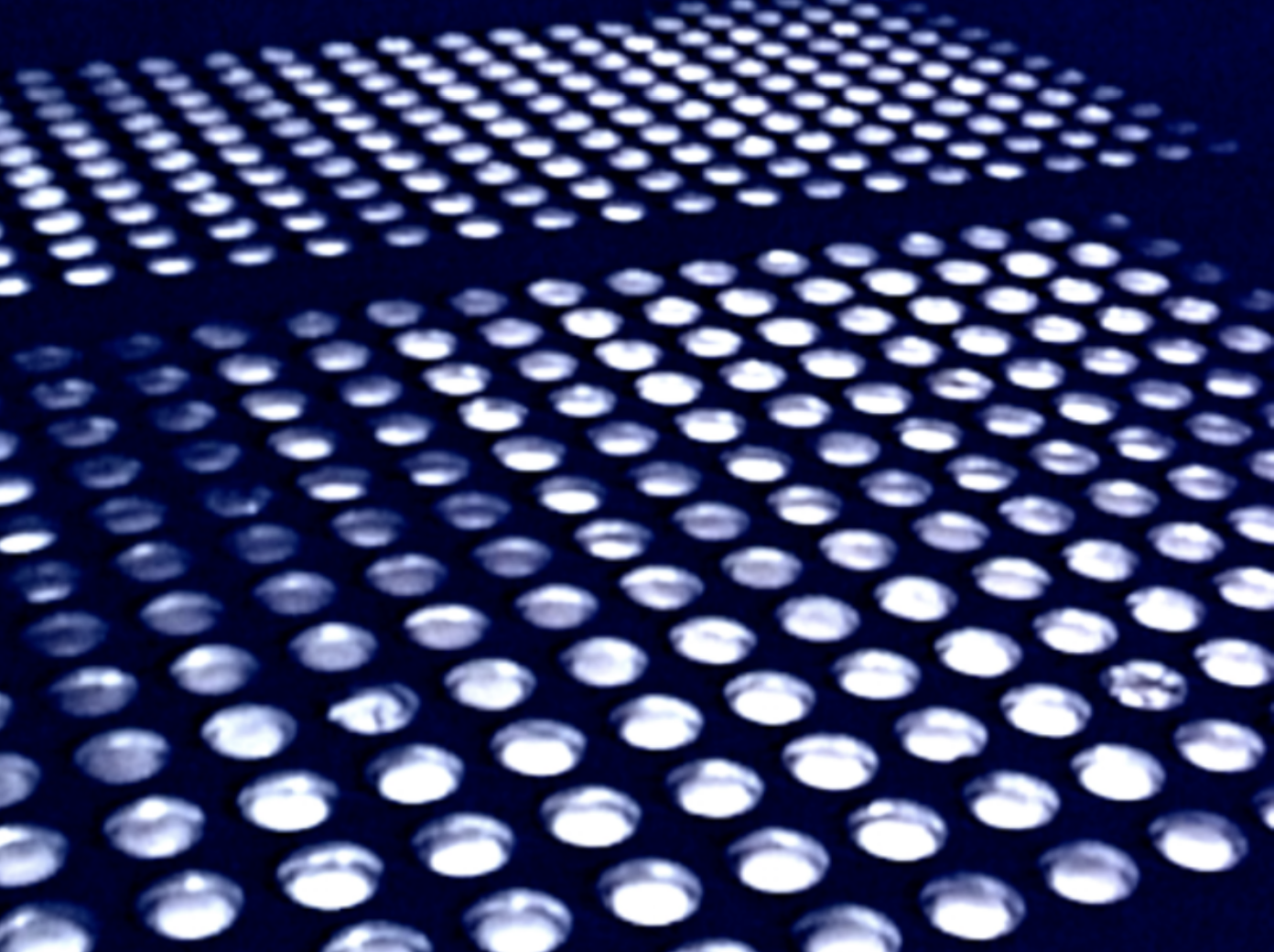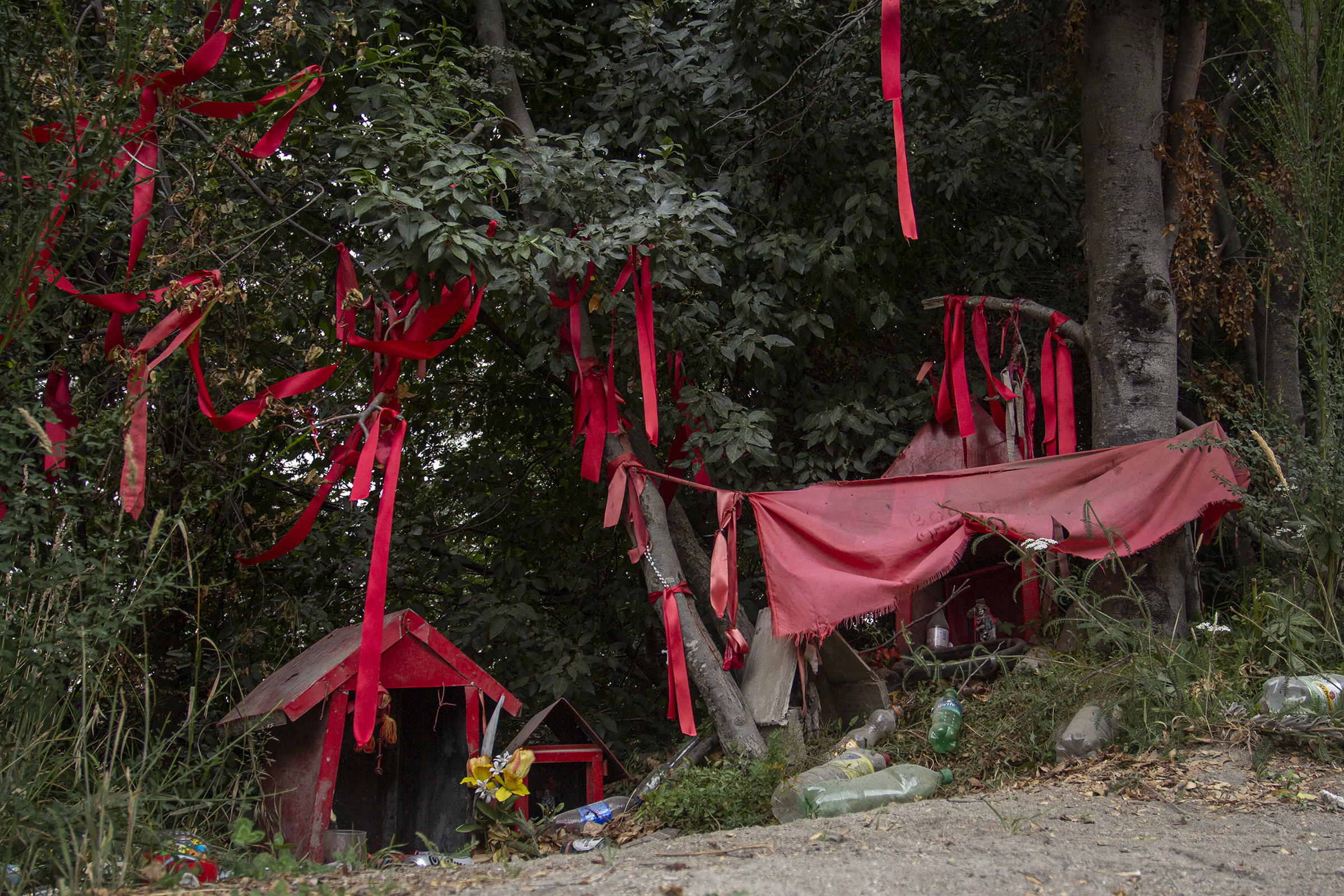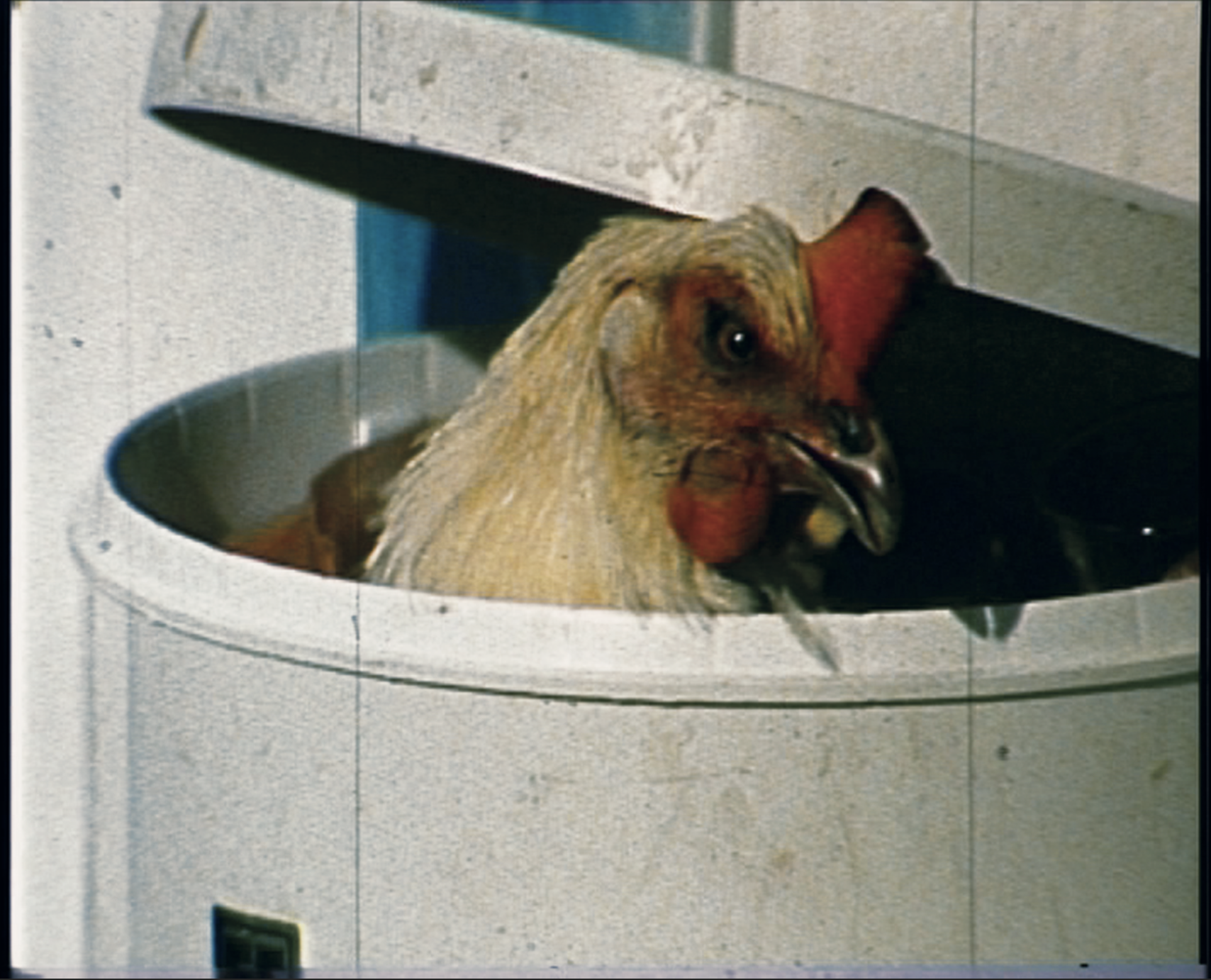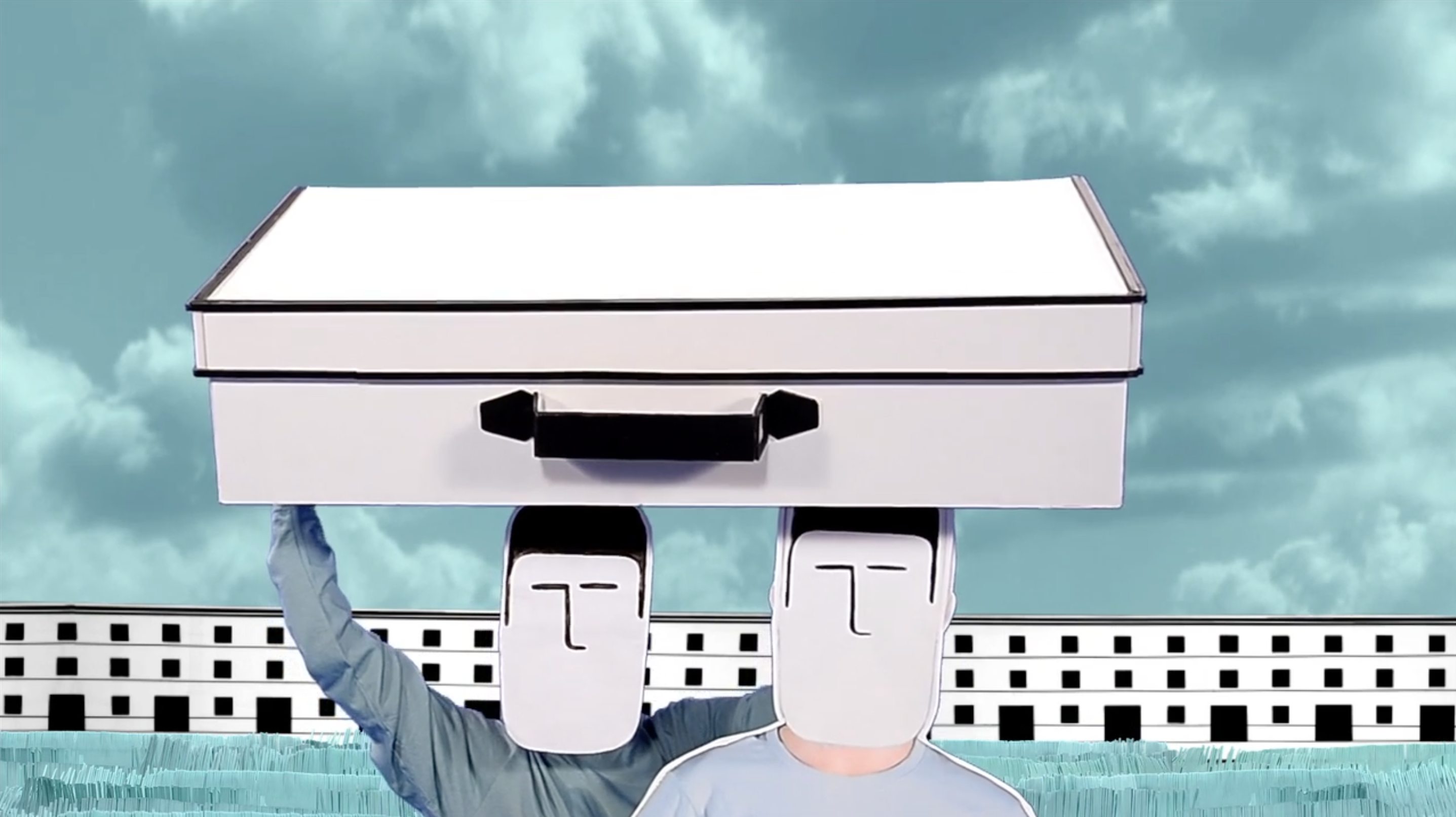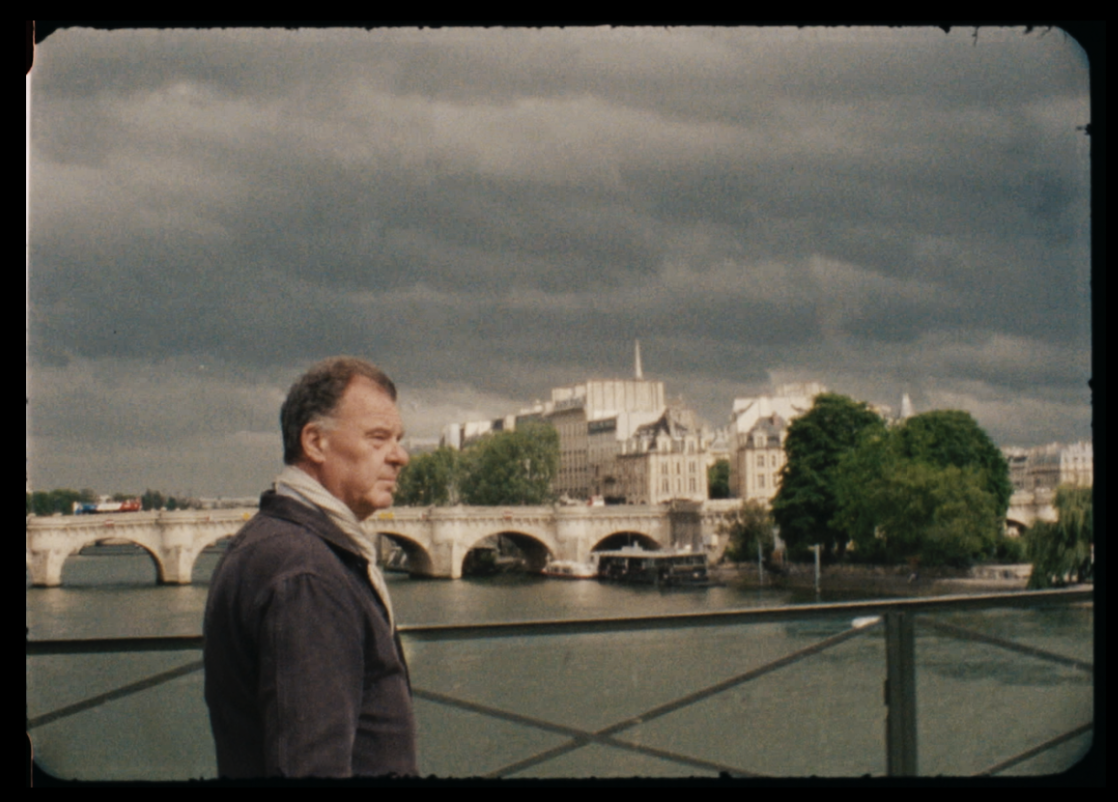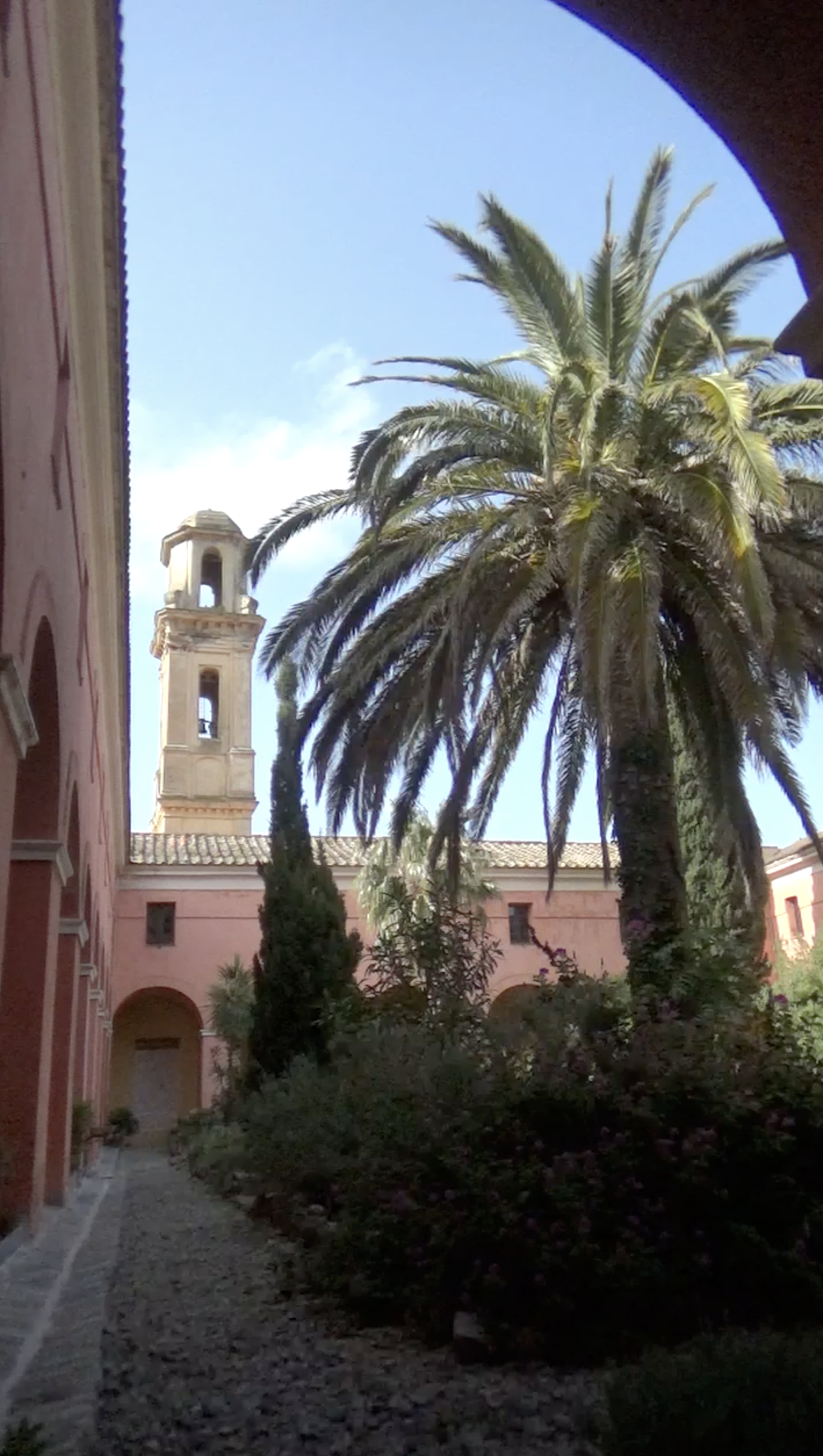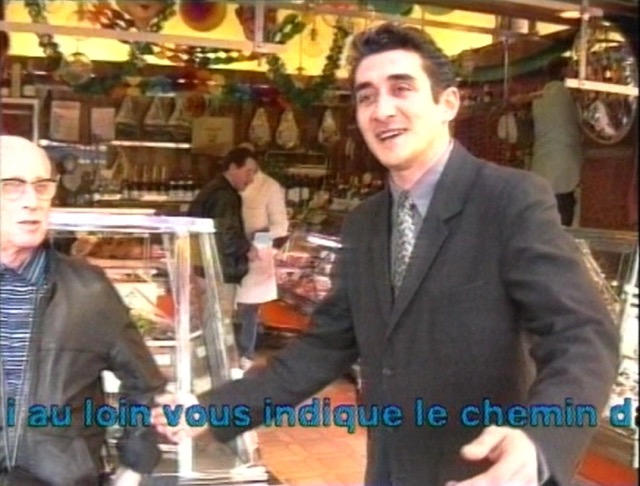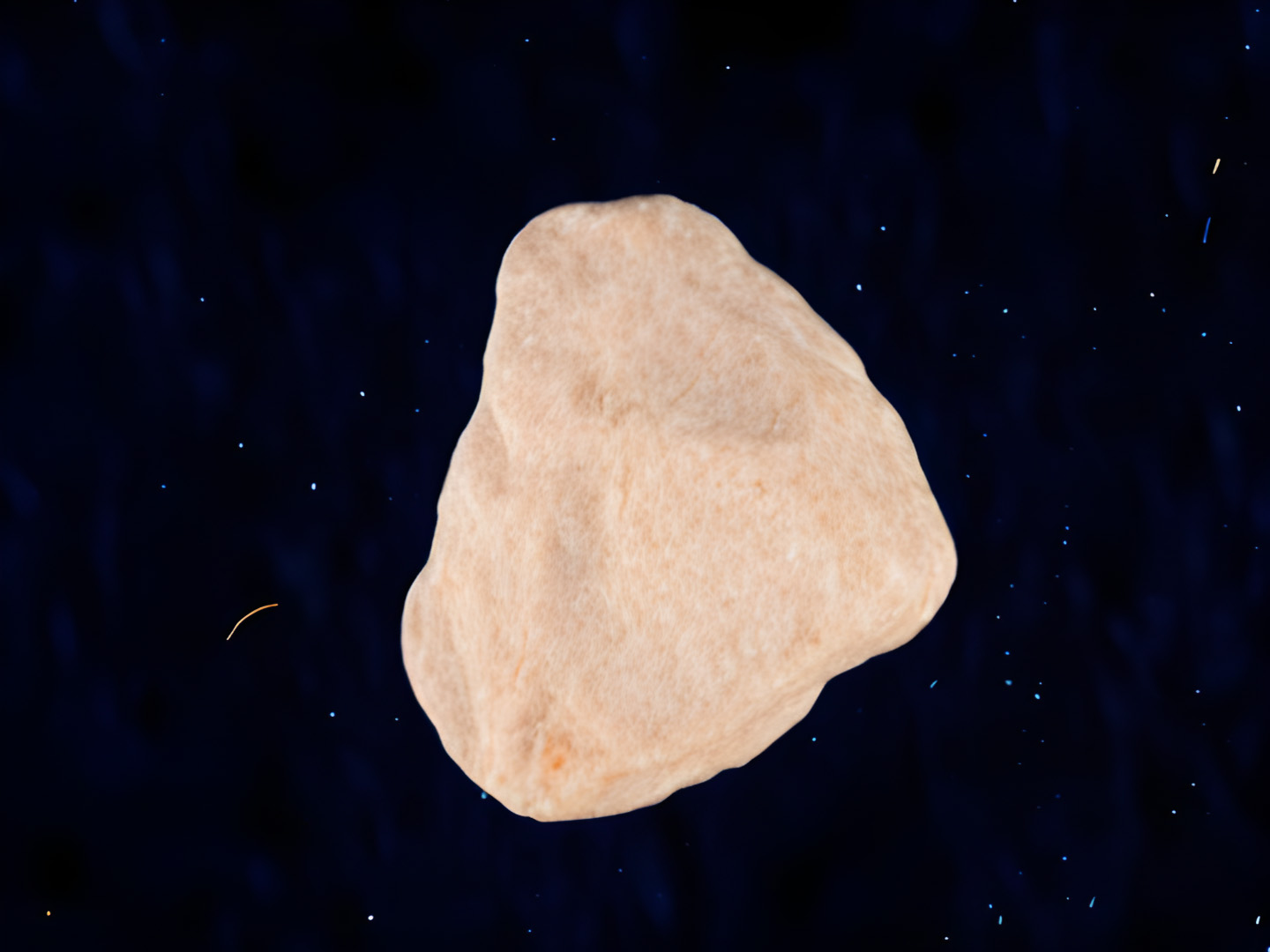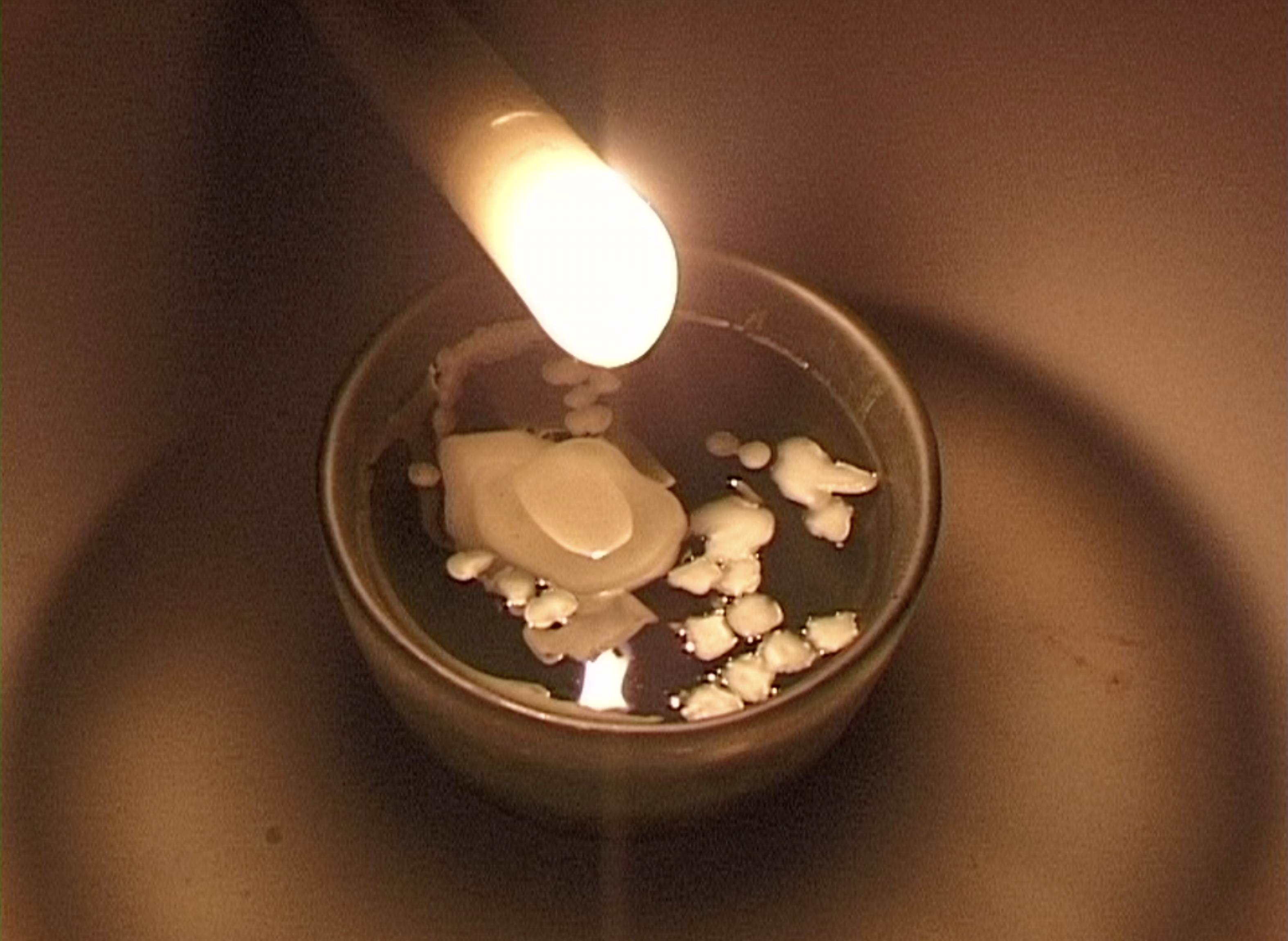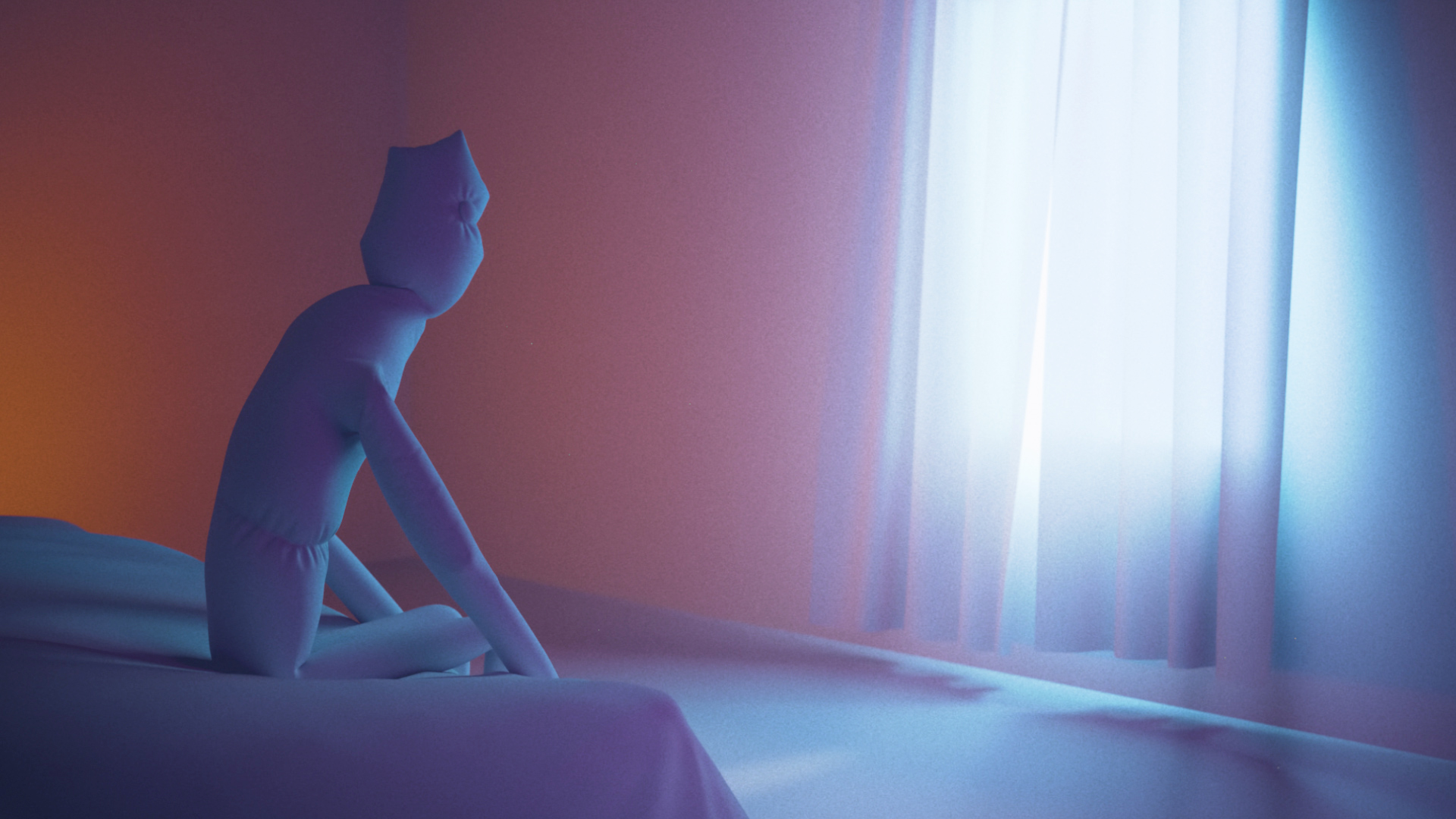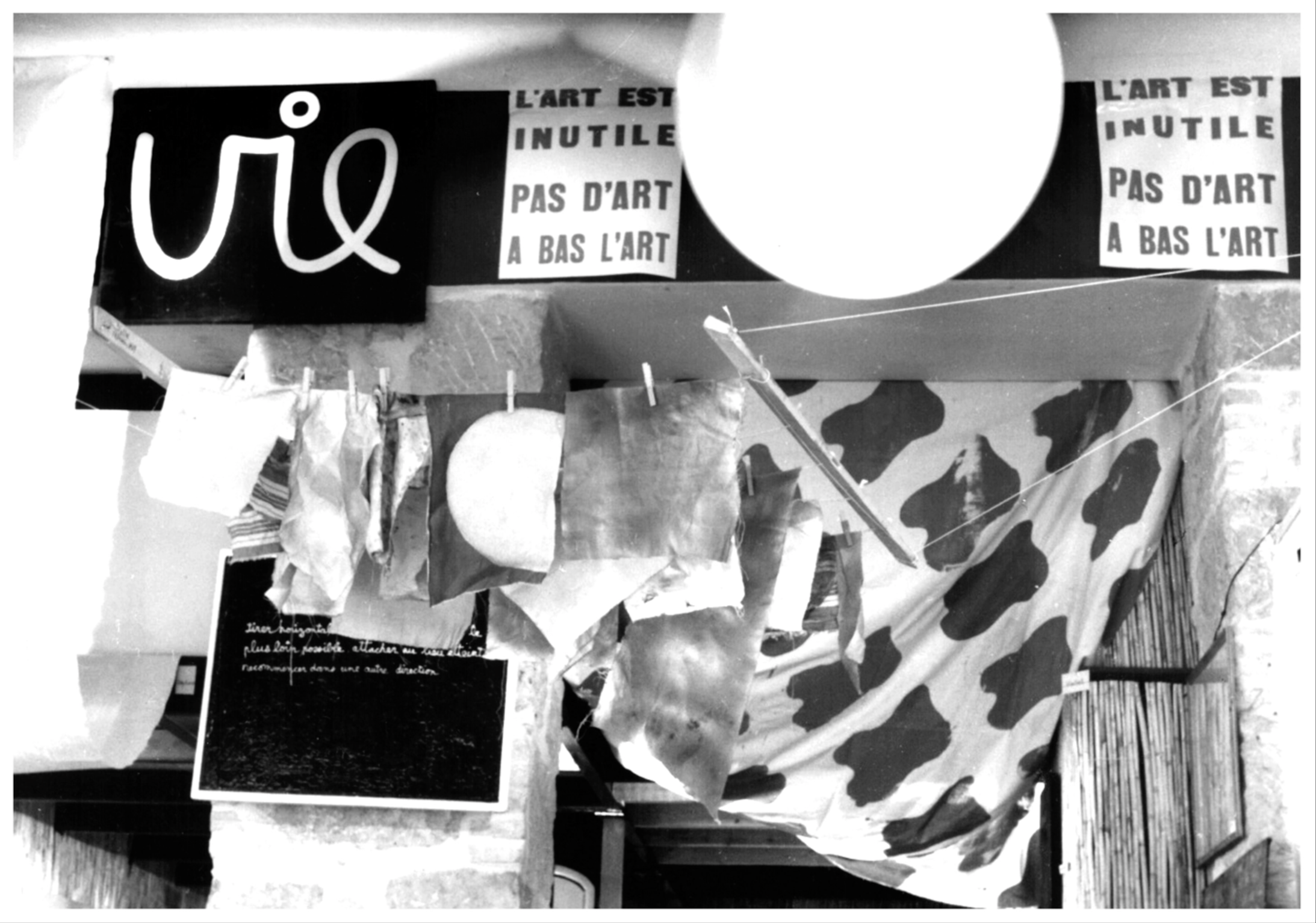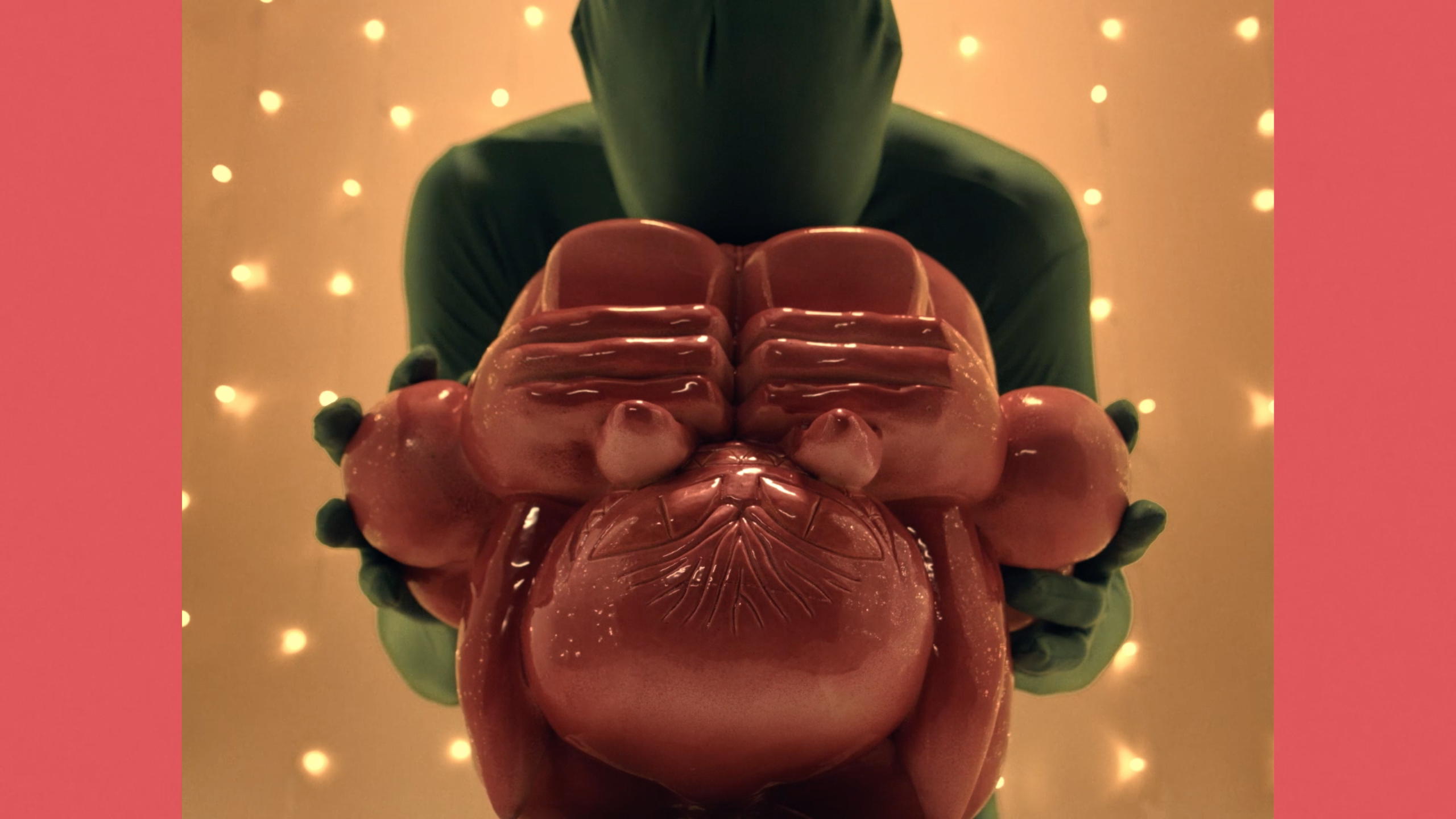The wedding sheet foreshadows the destiny of young girls, maidens, by prefiguring their bodies, by marking their entry into social life, as wives and future mothers.
However, instead of viewing this sheet as an ancient symbol traditionally expressing feminine purity, I choose here to set it free. I deconstruct it by evoking an archaic « ceremonial » custom, spread in certain regions of the world and up to a fairly distant past, aimed at both « proving » and « celebrating » the virginity of the bride on her wedding night, although such a practice – fortunately disappeared today – has been devoid of any religious or cultural justification.
In this audiovisual work, the fabric unfolds at the window. It flows and undulates, liquid and changing. The rigidity and austerity of the concrete of the wall cannot constrain it. Similarly, the red of the road sign cannot subdue the blue that escapes in stars. These are intimately linked to the blue of the sky, itself speckled with the white of the clouds.
Indeed, I introduce movement into a world that was meant to be permanently locked on the submission of women.
The song of the F’kiret (urban women’s orchestra) heard in the background evokes the story of the abandoned lover. The beloved body is described herein: the neck, the hair spread over the shoulders… Is the stridency of the yuyu cries a sign of joy or defiance?
Samta Benyahia
Paris 2024
The F’kiret, whose song is featured into the video, is an orchestra of women who sing for women, interpreting the lyrics according to their history and their emotional state. The song adopts an increasingly faster rhythm that invites dancing while describing the beauty and splendor of women.
Samta Benyahia was born in Constantine, Algeria. She graduated from the École Nationale Supérieure des Arts Décoratifs in Paris, the University of Paris VIII and the École Nationale des Beaux Arts in Algiers where she also taught.
The artist recently participated in the exhibition entitled « Présences Arabes: Art moderne et décolonisation, Paris 1908-1988 at the Musée d’Art Moderne in Paris.
She is the Winner of the 2023 Matsutani Prize
She exhibited her artwork, among many other venues, at the Fowler Museum in Los Angeles, Art in General in New York, Mahrem Santral Istanbul, Art Sawa Dubai and Qatar. She also participated in various events around the world such as the Venice Biennale and the Bamako Biennale, Dak’Art, the Force de l’Art (at the Grand Palais in Paris), the Gwangju Biennale in South Korea and the Shenzhen Biennale in China.
She is currently taking part in the exhibition l’esprit du geste at The Institut des Cultures d’Islam (ICI) curated by Sonia Recasens.
